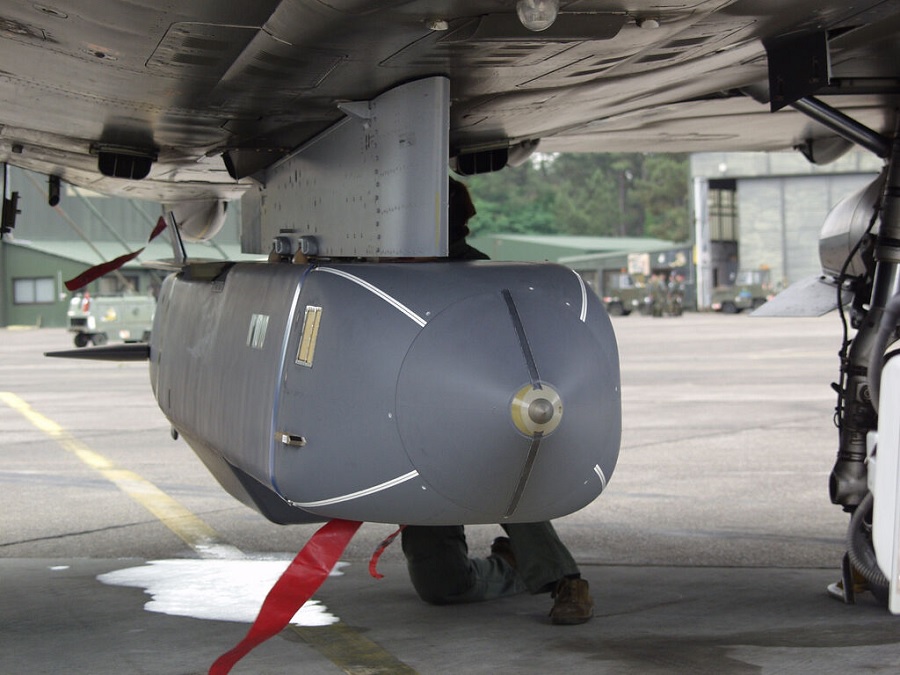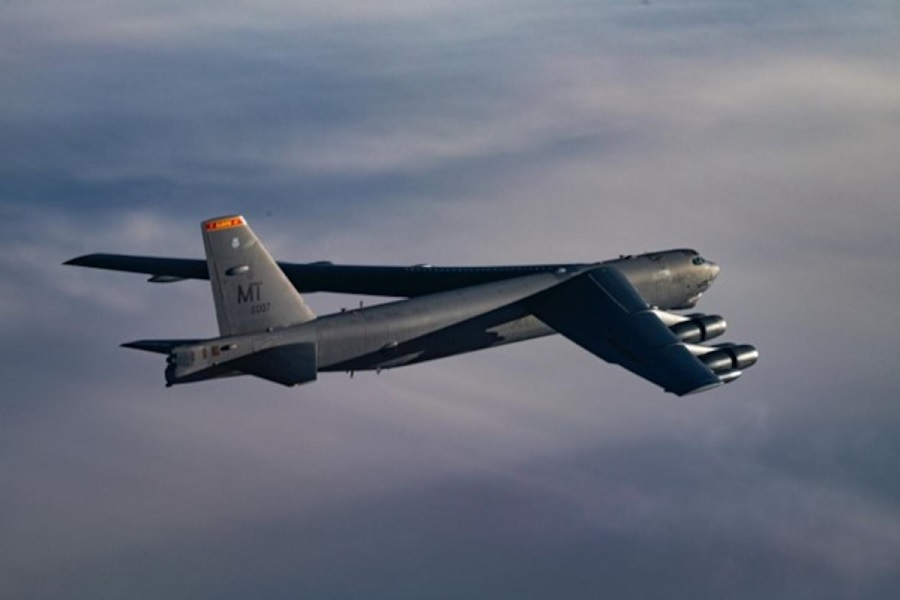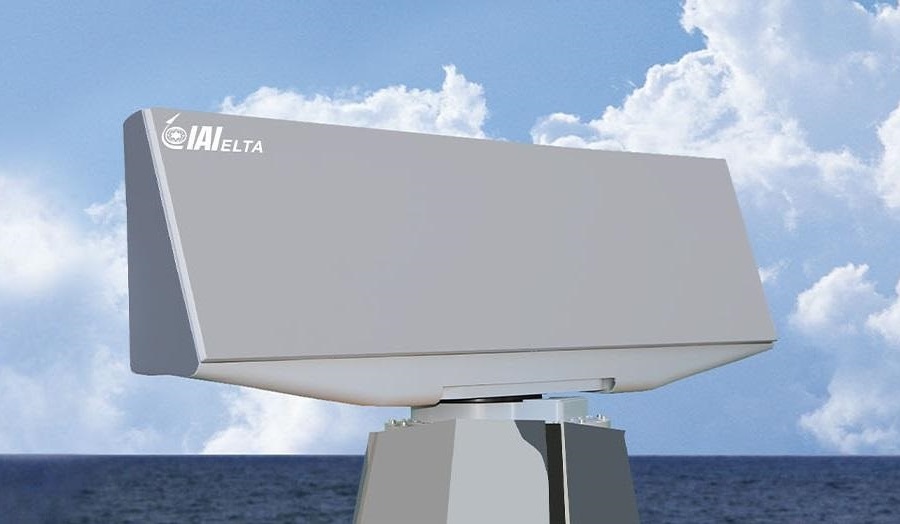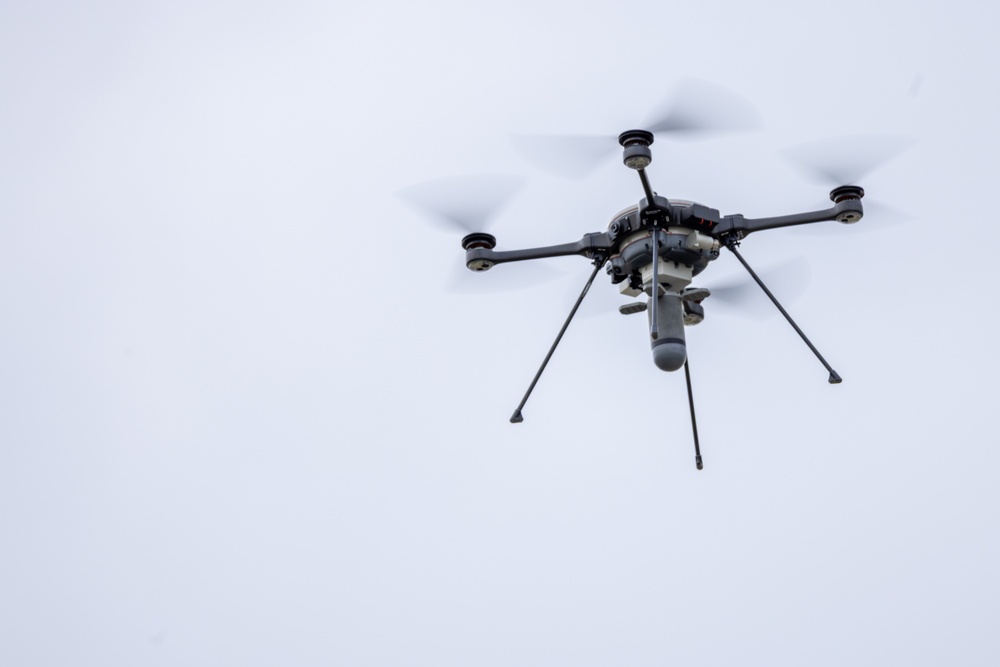Introduction
Space law is a complex system that governs activities in outer space. It consists of various components such as international treaties, conventions, United Nations General Assembly resolutions, as well as rules and regulations of international organizations. In this paper, we will explore the legal framework of space law on an international level, examining significant documents such as the Outer Space Treaty of 1967. Additionally, the paper will investigate the militarization of outer space by analyzing the intersection between space law and the evolving military activities occurring there.
The legal framework of space law consists of five international treaties and five sets of principles that govern outer space. The UN General Assembly resolutions and the UN Committee for Peaceful Uses of Outer Space documents serve as subsidiary means for interpreting and applying these treaties and principles. In addition, customary international law also plays a crucial role in shaping space law.
Treaties of the United Nations
The Outer Space Treaty of 1967 is a crucial legal instrument that established the framework for space exploration. It sets out that the Moon and other celestial bodies should be used only for peaceful purposes. However, the term “peaceful purposes” is open to interpretation since space technology can be used for both civil and military purposes. It also prohibits the placement of nuclear weapons or other weapons of mass destruction in orbit, on the Moon, or other celestial bodies. It’s important to note that the treaty doesn’t ban the weaponization of space but specifically prohibits testing or deploying weapons of mass destruction, except on the Moon and other solid bodies. No state has shown any interest in doing so. The treaty discourages claims of sovereignty over the Moon, requires access to space installations and vehicles to representatives of other states, and imposes liability on states for damage caused by objects launched from their territory. Lastly, all parties agree to conduct outer-space activities in accordance with international law.
The Rescue Agreement is a treaty that governs outer space activities. It has two aspects: the recovery and return of astronauts, and the recovery and return of space objects and their components. This treaty is also relevant to the militarisation of outer space. If astronauts engage in hostilities during wartime, they lose the benefit of being treated under the Rescue Agreement and instead are considered prisoners of war under international humanitarian law.
On the other hand, the Liability Convention establishes a compensation regime for victims of damage caused by space objects belonging to Launching States. It applies not only to the State Parties of the Convention but also to international intergovernmental organisations. The term “space object” includes the launch vehicle and its components and parts, which likely cover space debris. Meanwhile, the definition of “damage” extends to satellites and other objects that may be the targets of a space weapons attack.
One of the important treaties in space law is the Registration Convention. This treaty is an extension of Article 8 of the OST and fulfills the preference of states for a mechanism to identify space objects. It requires the registration of all objects launched into space with the United Nations. Another significant treaty is the Moon Agreement, which states that the Moon and other celestial bodies must be used for peaceful purposes. Their environments should not be disrupted, and any station established on these bodies must be reported to the United Nations. However, this treaty has limited legal effect due to the small number of signing states.
United nations values
In addition to various treaties, the United Nations has established five declarations that outline principles of space law. These principles help regulate activities in outer space and ensure the fair and responsible use of space resources. The Declaration of Legal Principles Governing the Activities of States in the Exploration and Uses of Outer Space was adopted in 1963 and serves as a fundamental document outlining key principles for space exploration. This declaration emphasizes the peaceful use of outer space and is inconsistent with the idea of militarization of space.
The Broadcasting Principles, established in 1982, govern the use of artificial earth satellites for international direct television broadcasting. This declaration emphasizes the need for cooperation and responsible practices. Additionally, the Remote Sensing Principles, adopted in 1986, provide guidelines for remote sensing of Earth from space and emphasize the peaceful and beneficial applications of this technology.
The Nuclear Power Sources Principles, established in 1992, address the safe use of nuclear power sources in outer space and the importance of international cooperation. Finally, the Benefits Declaration adopted in 1996 underscores international cooperation in space exploration for the benefit of all states, especially developing countries.
Conventional international law
In terms of customary international law in space law, the establishment of jus cogens, or fundamental legal principles, requires the practices of states and international courts. Developing such principles related to outer space is a challenging task and is often linked to public interest, common international interests, and public morality.
The current outer space law is built on the premise of global public interest, as evidenced in Article I of the Outer Space Treaty (OST). This suggests that United Nations General Assembly resolutions and OST principles possess a customary nature. The principles include non-appropriation of outer space, sovereign equality of states in outer space, freedom of use of outer space, non-installation and use of nuclear weapons and weapons of mass destruction in outer space, and recognizing space as the “province of mankind”.
Another fundamental aspect of customary international law revolves around the idea of employing outer space for peaceful purposes. This principle underscores the significance of non-aggression and non-militarization, emphasizing the imperative to use outer space for the collective well-being of all nations cooperatively and harmoniously, while actively discouraging any hostile or military endeavors.
The acknowledged jus cogens principles in outer space law encompass the exploration and use of outer space for the benefit of all peoples, freedom of exploration and use of outer space, and the prohibition of appropriation.
A synopsis of space military operations
Significant progress has been made in exploring outer space since the launch of the first artificial satellite, Sputnik-I, in 1957. As space technology continues to advance and more countries gain new capabilities in space, the potential for tension and conflict may arise, especially in terms of military applications. Throughout history, space has been used for military purposes, with early space-age militaries using space technologies for intelligence, surveillance, and reconnaissance. As space becomes increasingly integral to military operations, it has evolved into a distinct strategic domain, making militaries vulnerable to various forms of targeting. This changing landscape has led some to argue that a conflict in space is inevitable, creating concerns among nations seeking to protect their space assets and posing threats to those of their adversaries. This intensified competition risks escalating tensions and conflicts in space and underscores the pressing need for updated legal regulations that adeptly navigate and address emerging challenges and actors.
Despite the achievements, the regulatory framework for space activities has failed to keep pace with advancements. Since the adoption of the Moon Agreement, there has been a noticeable absence of specific treaties addressing the military aspects of space endeavors or regulating potential inter-country tensions in the event of a conflict. Therefore, it is imperative to recognize that while outer space lacks national sovereignty and falls beyond national jurisdiction, it should not be perceived as a lawless frontier. Despite the relevance of the Outer Space Treaty in space law, its applicability to contemporary military, civilian, and commercial space activities is constrained, given its Cold War-era origins with a focus on state-centric space endeavors.
The United States and the Soviet Union, having witnessed uncontrollable effects from early space-age weapons tests, acknowledged the necessity of mutual restraint and committed to self-restraint to ensure continued access to space for their respective objectives. This recognition prompted the inclusion of Article IV of the OST, specifying that the Moon and all celestial bodies in space should be utilized “exclusively for peaceful purposes.” The universally recognized principle of peaceful uses of outer space, defined as “non-aggressive” and “non-military,” is considered a part of customary international law in space law.
Space warfare
The militarisation of space has raised concerns about the lack of clear laws and regulations to govern military activities in space. This has resulted in inconsistent and overlapping policies, which pose operational and legal challenges due to the intertwining of military and civilian interests. With advancements in space technology and the increased focus on national security, the issue of space weaponisation and the potential for armed conflict in outer space cannot be overlooked. However, it is essential to differentiate between space militarisation, which refers to using space resources to support and enhance military capabilities, and space weaponisation, which involves the development and deployment of space weapons to target objects in outer space.
The lack of clear definitions for specific terms and scenarios in space law poses significant challenges. While the principles governing the just use of force and the laws of armed conflict apply to space activities, applying them to military acts in space is not always clear due to the distinct nature of space compared to other settings. For example, it is difficult to assess proportionality in the vastness of space and address potential collateral damage, such as debris striking other satellites. This ambiguity could cause diplomatic problems, especially if nearby countries receive a threat.
It is crucial to establish a comprehensive and well-defined legal structure for space law to resolve conflicts and prevent the use of force in outer space. This framework should adhere to international law, extending the reach of established legal frameworks into outer space. This implies that principles governing the just use of force and the laws of armed conflict apply to space activities.
Legal aspects of defence and conflict in outer space
Research on the legal issues related to armed conflicts in outer space becomes crucial due to the severe potential impact of such conflicts on the rule of law. Using ground-based or space-based weapons in an armed conflict in outer space is considered a “use of force” under international law. The UN Charter is a fundamental element of the global legal framework applicable to all international law realms, including space law. Although it was crafted before the space age, various international instruments can be adapted to accommodate evolving contexts and technological progress, justifying the incorporation of the UN Charter into matters of outer space. UNCOPUOS consistently opposes the right of self-defence in outer space, while some argue for it, as space weapons are capable of causing more extensive damage. Though there are no specific provisions in both general international law and space law regarding the prohibition of self-defence in outer space, it can be inferred that spacefaring nations have the right to self-defence in this context. International legal norms do not prohibit asserting the right to self-defence in outer space. On the contrary, withholding this right would place spacefaring nations at a disadvantage in safeguarding national security and pursuing their interests in the outer space domain. Therefore, the right to self-defence should be deemed applicable in space activities.
Forming innovative legal structures
In the field of space exploration, efforts are being made to establish regulations for military operations in space. The Woomera Manual on the International Law of Military Space Operations is a comprehensive guide that defines legal principles governing military activities in space. It addresses important issues such as the definition of outer space and what constitutes peaceful purposes. The manual’s purpose is to provide clear and comprehensive guidance for decision-makers involved in space activities, promoting peace and security in outer space. It is structured in a way that mirrors national military manuals, making it easy to use as a reference point for military operators and decision-makers. However, there are ongoing debates about the role and impact of such a manual, raising questions about whether or not it constrains or legitimizes warfare.
Conclusion
In conclusion, it is essential to re-evaluate international law concerning space activities, focusing on the right to self-defense in space. The outdated United Nations space treaties are inhibiting progress in the face of a rapidly expanding global space economy. Urgent action is needed to create clear rules protecting national security while encouraging international collaboration. As we navigate the complexities of space law, it is crucial to collaborate and form policies that ensure the safety and success of future space activities. The international community must work together to create a framework that balances the interests of spacefaring states while fostering the responsible use of outer space for the benefit of all.




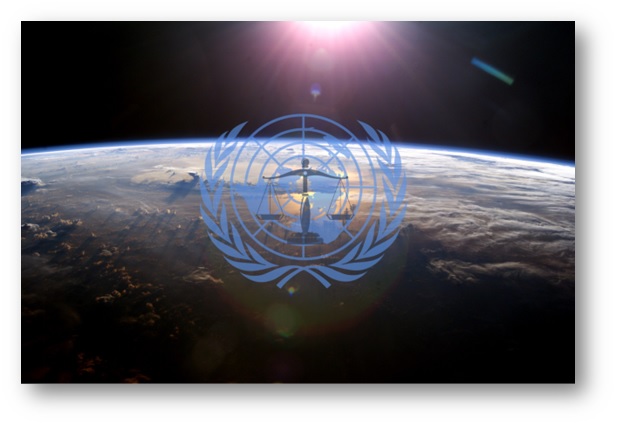







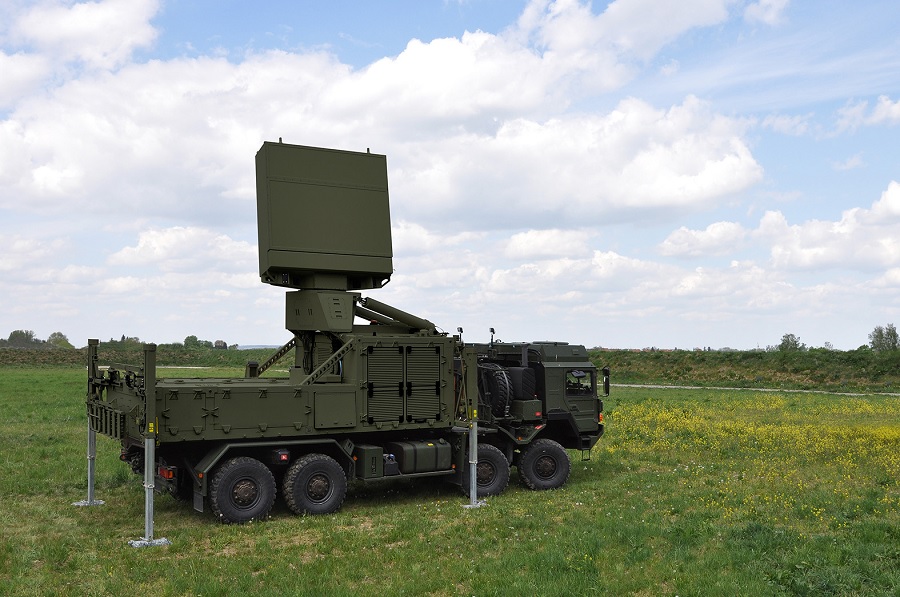

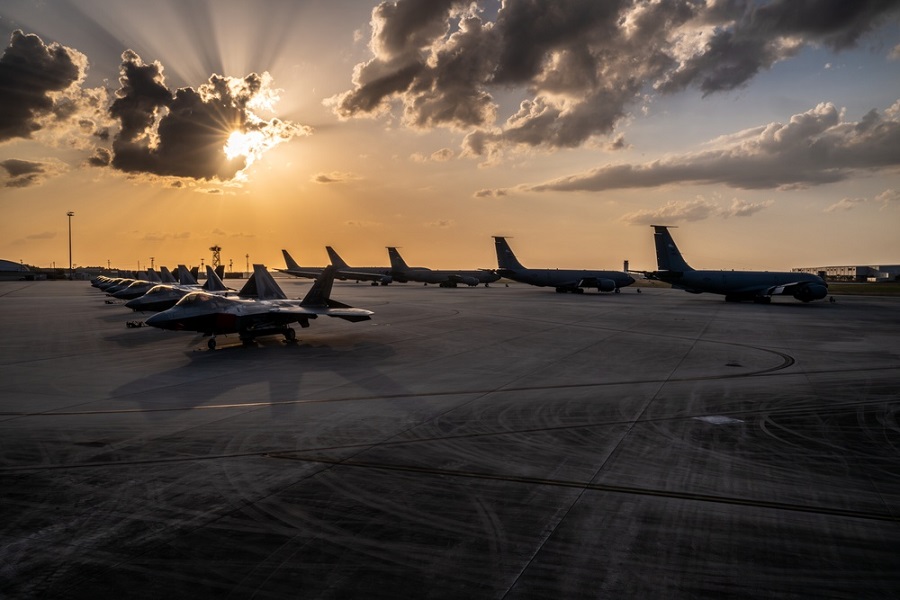
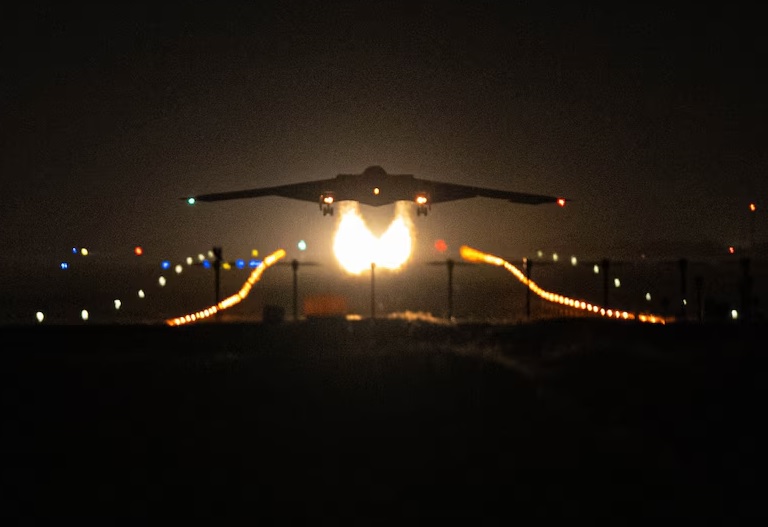
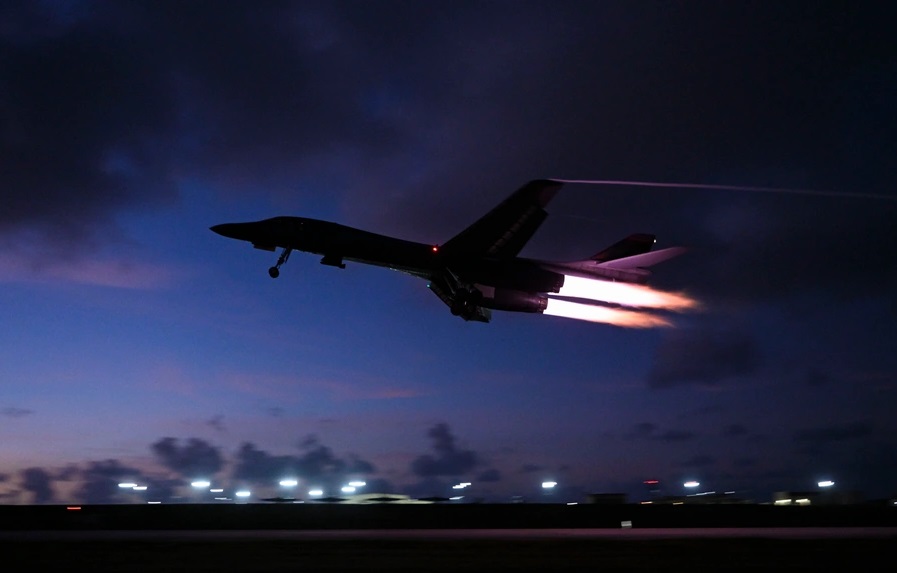
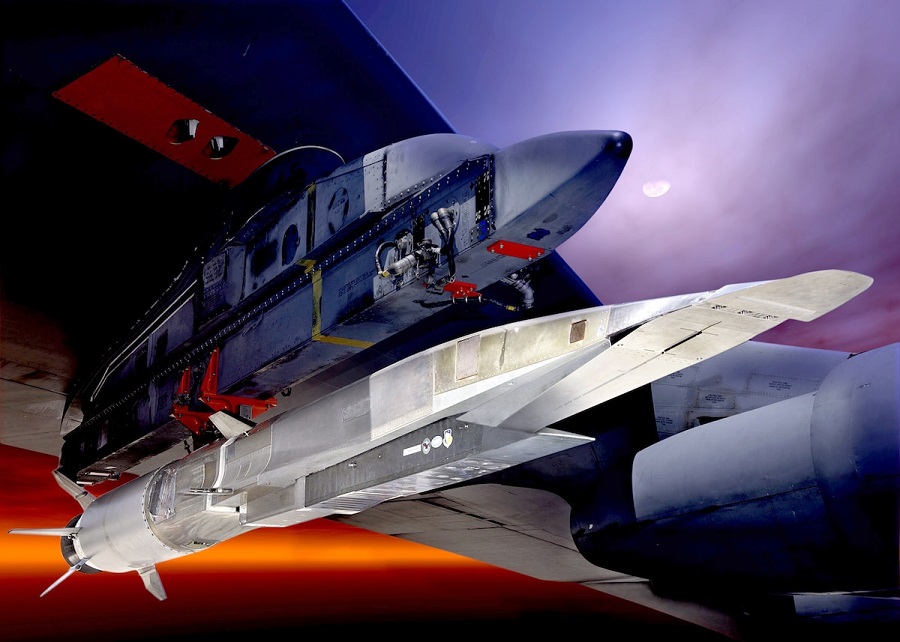
![Northrop Grumman conducts successful test of Mars ascent rocket motor [VIDEO]](https://defence-industry.eu/wp-content/uploads/2025/07/Northrop-Grumman-conducts-successful-test-of-Mars-ascent-rocket-motor-VIDEO.jpg)
